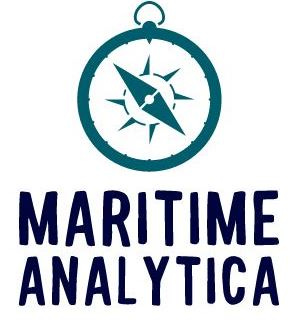🔥 U.S. Tariffs Shake Global Trade: Boom or Breakdown for Shipping?
🌍 The Trump Tariffs Are Back—Is Global Shipping Ready?
🌟Follow us: Website / YouTube / LinkedIn / Survey / 🔥Q3 Report!
🔥 Greetings Maritime Mavericks,
A new wave of tariffs is sending shockwaves through global trade. With a 25% tariff on imports from Canada and Mexico now delayed by 30 days, plus 10% on Chinese goods, the impact on container shipping could be massive. Are we entering a trade war 2.0, or is this a strategic power move?
🔎 10 Critical Shipping Insights You Can’t Ignore
📊 Industry Outlook: What’s Next?
⚡ Your Next Move: Stay Ahead of the Curve
💡 What’s Your Take on These Tariffs?
🔎 10 Critical Shipping Insights You Can’t Ignore
🚨 Who really pays for tariffs? Importers bear the cost upfront, but ultimately, businesses and consumers feel the impact through rising prices and shifting supply chains.
🚢 Will supply chains break? Higher costs force businesses to rethink suppliers and routes, adding complexity to logistics and trade.
🕒 How long until price hikes hit? Consumer goods like electronics, vehicles, and groceries may see price increases as costs trickle down, leading to inflation concerns.
🌐 Will global trade shift? Expect retaliatory tariffs and supply chain adjustments as major economies react, potentially creating new trade routes and congestion at key ports.
📉 What about freight rates? Uncertainty could drive volatile pricing, while long-term supply chain shifts may impact shipping demand.
🚓 How will trucking and logistics adapt? Cross-border freight may slow as companies navigate new regulatory and cost hurdles, affecting inland transport efficiency.
🏰 Could this lead to a trade war? If history repeats itself, tariffs will spark countermeasures, increasing uncertainty for businesses globally, slowing trade, and affecting economic stability.
💥 Are businesses ready? Some may relocate production to mitigate costs, while others could struggle with reduced profit margins and operational inefficiencies.
💰 Should shippers lock in contracts now? With fluctuating costs and shifting demand, flexibility in pricing strategies is key to avoiding long-term financial risks.
🎡 What’s the smartest strategy? Stay agile, monitor trade developments, and diversify sourcing to mitigate potential risks while maintaining supply chain resilience.


